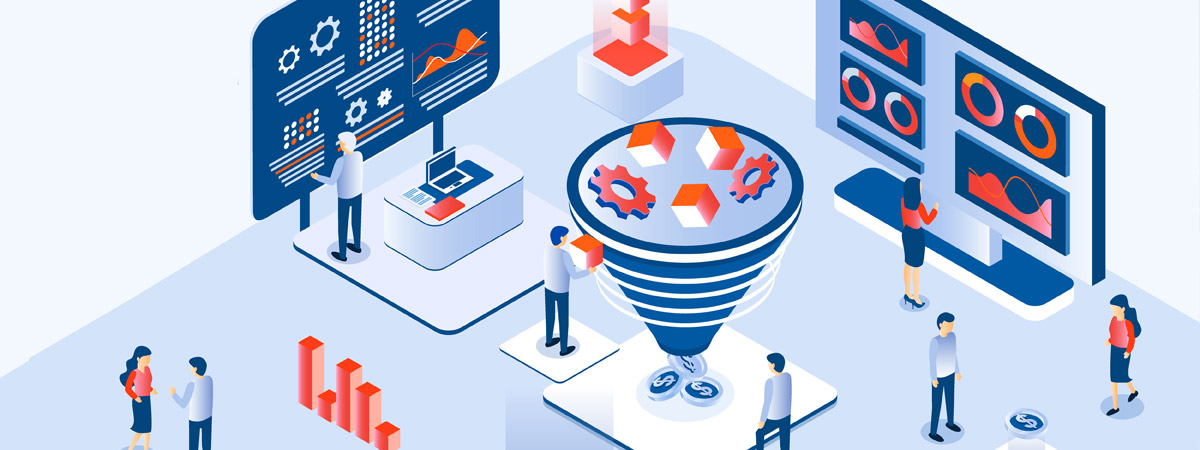A SaaS Monetization Primer
If a SaaS product is to succeed as a business, it needs to generate sufficient revenue to pay bills, pay investors or incentivise investors to provide operating capital to the business. Monetization is the process of deriving revenue from the value you offer from your SaaS solution to your users. If you’re a software development business building a new application, we know your challenges firsthand. If you can’t monetize your SaaS application, then your development effort could end up as a life lesson instead of a fat bank account. And with the challenges of small budgets and slow revenue growth, it’s critical that SaaS companies deliver software that matchese evolving market landscapes.
To help you get up and running with software monetization, we’ll explain what software monetization is, share some key strategies in monetization, and provide examples of monetization strategies.
Defining Software Monetization
As stated already, SaaS monetization means you’re being paid for the value your software solution offers. SaaS is a growing industry, with the number of subscription payments increasing dramatically over the past decade. It’s critical to build your user base and grow revenue using experiment-based marketing and pricing plan optimization. In addition, software monetization can come from moving into new markets, moving upmarket or downmarket, or from SaaS product expansion,
Key Strategies in Software Monetization
A successful SaaS monetization framework factors in your product, the potential business transformation, and technology transformation. And as we’ve mentioned numerous times before, customer experience matters more than ever. Further, your monetization strategy is linked to the stage of your product’s lifecycle.
Track Key Performance Metrics From Day One
- The answers you need will always be in the numbers.
- There will be a few basic metrics to track initially, and then what you need to measure will evolve.
Maximize Your Revenue
- Build your users first, then build your revenue.
- Determine the right pricing plan, which can be the most difficult aspect of improving application monetization.
- Your service can’t be too expensive. You should study your target audience carefully to learn how much money they are ready to spend on your product.
- Retain your customers by capitalizing on the growing appetite for cloud-based solutions.
- Profit from differentiated offerings by using AWS cloud services to support mobile, media services, IoT, machine learning, etc.
Manage Your Costs
- Optimize your operations and drive down costs using the right pricing model (NURI PURI AURI).
- Simplify and improve your application development with CI/CD.
Scale As Needed
- Auto-scale services in the cloud to address the demands on your application.
- Respond to customer demands and easily scale solutions with a worldwide network of Microsoft-managed datacenters.
Minimize Your Risks
- Protect your customer’s data with state-of-the-art AWS security services.
- Rely on a trusted cloud provider that offers comprehensive compliance coverage.
Software Monetization Examples
Basecamp.com
Basecamp, a project management tool geared toward creatives, used a unique pricing model. It’s flat rate. Prospects can easily understand this pricing model, which gives them more room for marketing and promotion.
Slack.com
Slack started as geek’s geeks. Their initial value proposition was…APIs. They built cloud technology that integrated with, ultimately, anything. They use freemium to get people interested, and then they have an ecosystem that is super sticky.
Zoom
Although we all may be Zoom fatigued, the company was way out front when videoconferencing went from nice-to-have to must-have. Over the past few years, they have grown their business broad and deep, with more features offered to more users. Their model was ready for explosive growth.
Twilio
We’ve used Twilio for some custom SaaS development. As a pay-as-you-go telephony service, they have dominated their market with easy integration and volume pricing.
Fab.com
Sometimes the best examples are failures. In this case, Fab.com, a flashy ecommerce brand, raised a bunch of capital but after several maniacal pivots to find a path to profitability, the company was sold off at a huge loss to investors.
How to Monetize Your SaaS Application
Users are royalty, and revenue is king. Happy users will happily monetize your efforts. Solve their problems and they’ll subscribe. Solve more, sell more. Clearly SaaS is here to stay (and we remember when it ws risky!). Markets are competitive, and the best solutions bubble to the top by figuring out how to maximize profitability while scaling. Good marketing brings prospects to the table, great software solutions get revenue, and outstanding customer experience leads to fast growth. Ultimately, understanding the levers of software monetization is imperative to build a successful SaaS application.


Leave A Comment